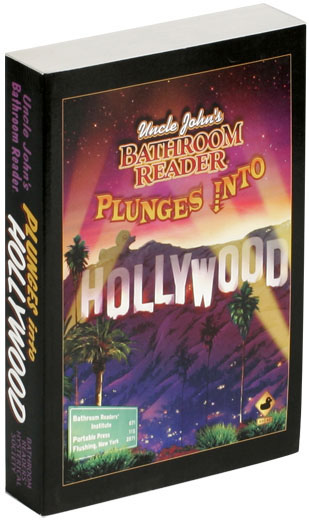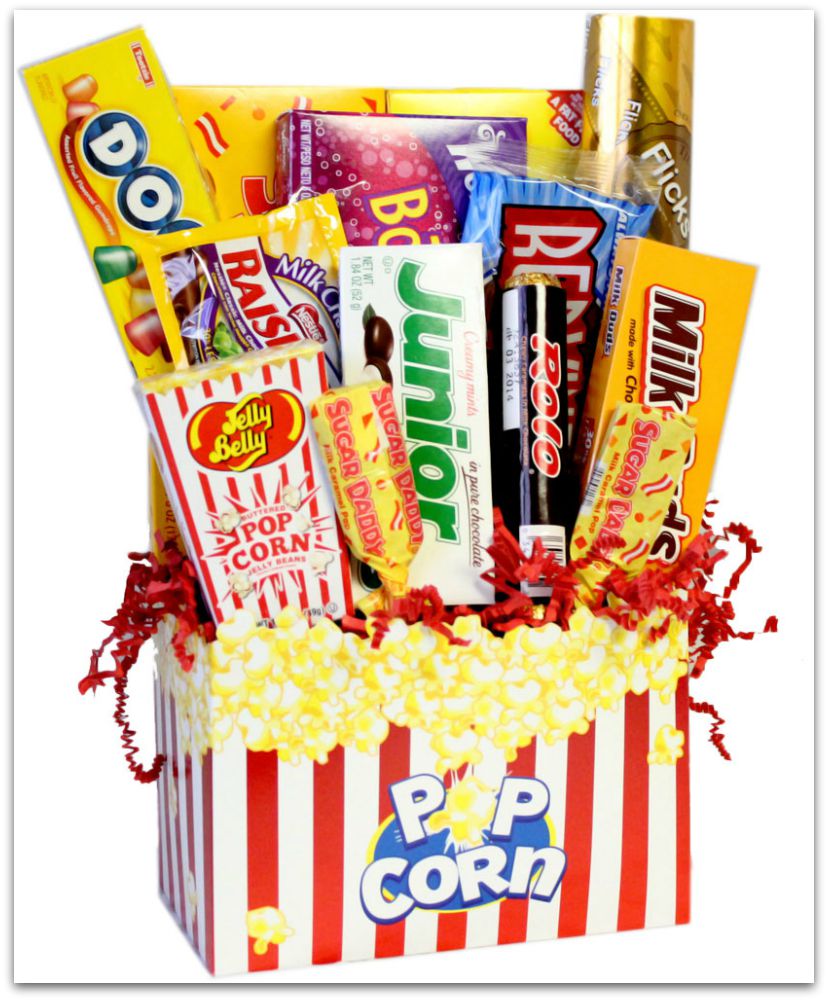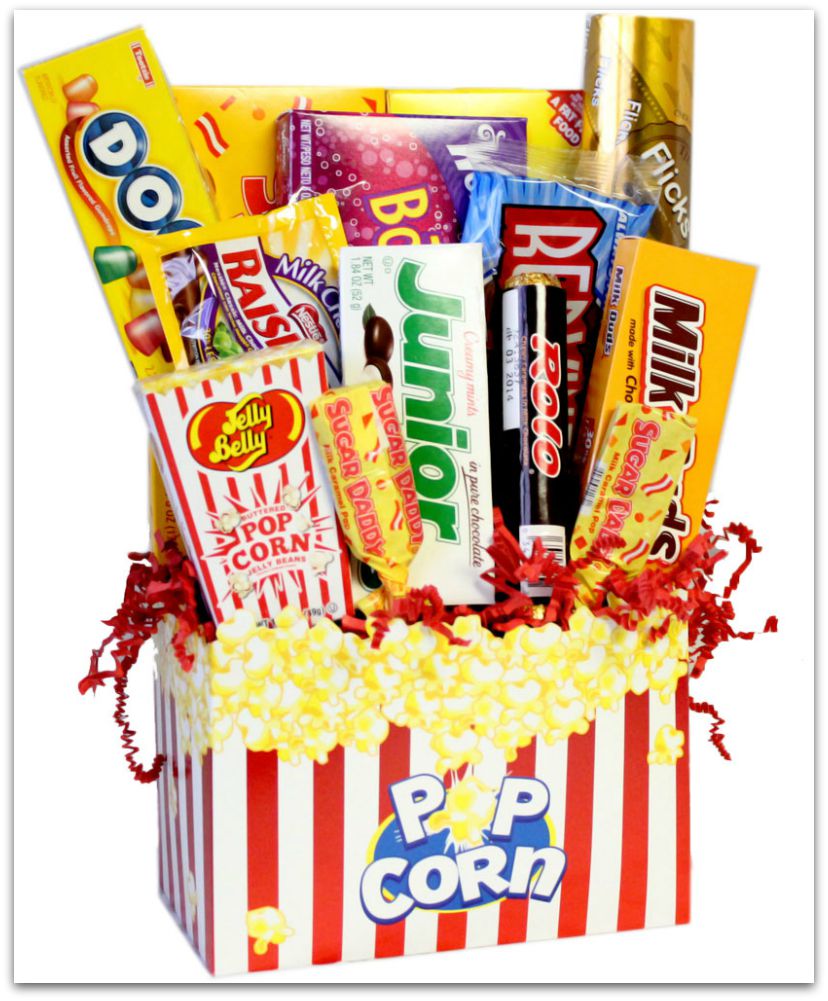Let’s all go to the lobby . . . and grab ourselves some bite-sized snack facts.
M&Ms first became popular with American GIs during World War II. In 1941 the candies were packaged in cardboard tubes and sold to soldiers overseas because the hard candy shell allowed M&Ms to travel well in different climates.
Whoppers
When Whoppers malted milk balls first came out in the 1940s, they weren’t packaged—they were sold loose in drugstores: two for a penny.
Junior Mints
The Junior Mint was named after the candy executive James Welch’s favorite Broadway play, Junior Miss. The play ran for two years (1941–1943). Over 60 years later, the candy continues to outlive its namesake.
Goobers
Goobers, the chocolate-covered peanut candies, were named after Southern slang for peanuts.
Good-N-Plenty
Good-N-Plenty is the snack for those watching their weight. According to the Center for Science in the Public Interest, the licorice pellets have just 255 calories per box (about half the calories of most other concession candies).
Raisinets
Need caffeine? Just eat 50 Raisinets candies, which have more caffeine than a cup of coffee.
Twizzlers
Almost a million miles of Twizzlers strawberry-flavored licorice candy is made each year—enough to tie it around the equator more than 40 times.
Hot Tamales
Cinnamon-flavored Hot Tamales candy has zero grams of fat. A real tamale? Nearly 50 grams of fat per serving.
Jujubes
Jujubes have their origins in China. Originally they were gelatinous lozenges flavored with the juice of a Chinese date (Ziziphus jujuba), a tiny, thorny fruit that’s been harvested in China for nearly 4,000 years. In the 19th century Westerners used Jujubes as cough medicine, but soon people ate them because they liked the taste.











